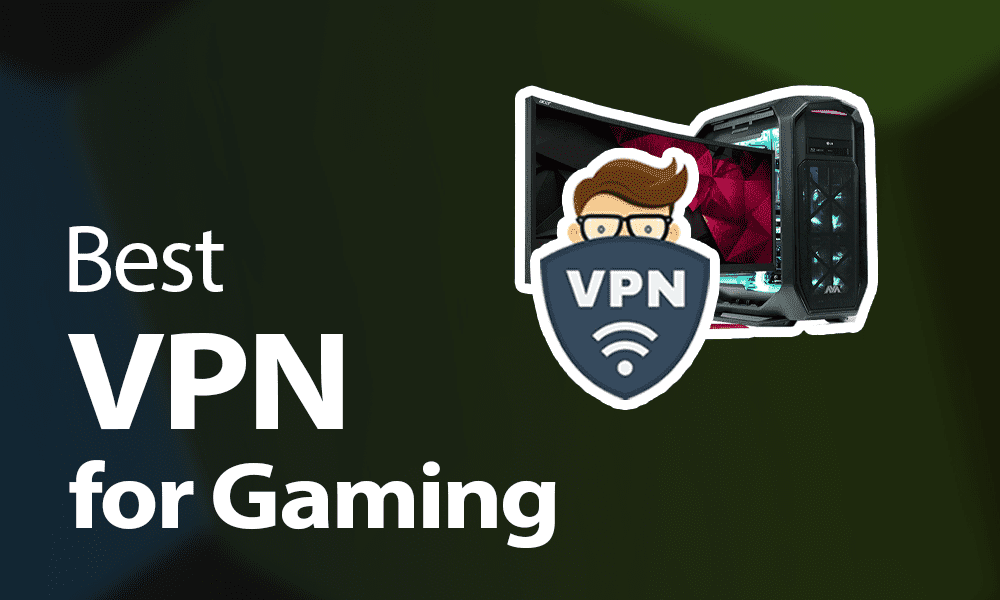Advanced Copywriting Techniques in Action: Real-World Examples
To better understand how advanced copywriting techniques can be applied effectively, let’s look at some real-world examples from various industries. These examples illustrate how different brands use these strategies to enhance their email marketing efforts.
Example 1: E-commerce - The Power of Personalization
Subject Line: “Sarah, Your Exclusive 20% Discount is Waiting!”
Opening Line: “Hey Sarah, we noticed you’ve been eyeing our new summer collection. Here’s a special 20% discount just for you!”
Content: The email goes on to showcase products from the summer collection, tailored based on Sarah’s previous browsing history. The email includes high-quality images and brief, benefit-focused descriptions of each product.
CTA: “Shop the Summer Collection Now”
Why It Works: By using personalization and dynamic content, the email feels tailored specifically to Sarah’s interests, increasing the likelihood of engagement. The clear, action-oriented CTA and discount offer create a strong incentive to click through.
Example 2: SaaS - Leveraging Storytelling and Social Proof
Subject Line: “How XYZ Software Helped Acme Corp Increase Productivity by 50%”
Opening Line: “Discover how Acme Corp transformed their operations with XYZ Software, just like you can!”
Content: The email features a detailed case study of Acme Corp’s success story, highlighting specific challenges, the solutions provided by XYZ Software, and the measurable results achieved. It includes testimonials from Acme Corp’s team and relevant statistics.
CTA: “Read the Full Case Study”
Why It Works: This email uses storytelling to showcase real-world success, making the benefits of the software more tangible and credible. The inclusion of social proof and detailed results builds trust and encourages readers to learn more.
Example 3: Non-Profit - Creating Urgency and Emotional Appeal
Subject Line: “Only 48 Hours Left to Make a Difference – Double Your Impact!”
Opening Line: “Time is running out to make a meaningful impact. Your donation today will be doubled, thanks to a generous matching gift!”
Content: The email explains the urgency of the donation drive, highlights the specific needs being addressed, and features emotional stories from beneficiaries. It includes a countdown timer to emphasize the urgency.
CTA: “Donate Now and Double Your Impact”
Why It Works: By creating urgency and appealing to emotions, the email motivates recipients to act quickly. The matching gift offer provides a compelling reason to donate immediately, while the emotional stories foster a personal connection.
Example 4: B2B - Using Data-Driven Insights
Subject Line: “Unlock Key Insights from Your Industry – Free Report Inside”
Opening Line: “Get ahead of the competition with our latest industry report, packed with data and insights tailored to your sector.”
Content: The email provides a summary of the report’s key findings, highlighting how these insights can benefit the recipient’s business. It includes charts and graphs to illustrate important data points and a link to download the full report.
CTA: “Download the Free Report”
Why It Works: By offering valuable, data-driven content relevant to the recipient’s industry, the email positions the sender as an authority and provides a useful resource. The clear CTA encourages immediate action to access the report.
Best Practices for Implementing Advanced Copywriting Techniques
To effectively implement the advanced copywriting techniques discussed, consider the following best practices:
Understand Your Audience Deeply
Before crafting your email copy, invest time in understanding your audience’s preferences, behaviors, and pain points. Use audience segmentation and analytics to tailor your content more effectively.
Focus on Clarity and Brevity
While advanced techniques are essential, clarity and brevity should not be sacrificed. Ensure your message is easy to read and understand, with a clear focus on the recipient’s needs.
Continuously Test and Optimize
Regularly test different elements of your email campaigns, such as subject lines, content, and CTAs. Use A/B testing to determine what resonates best with your audience and continuously optimize based on performance data.
Maintain Consistency with Your Brand Voice
While experimenting with advanced techniques, ensure your email copy aligns with your brand’s voice and tone. Consistency helps build trust and reinforces your brand identity.
Monitor Metrics and Adjust Accordingly
Track key metrics like open rates, click-through rates, and conversions to gauge the effectiveness of your email campaigns. Use these insights to make data-driven adjustments and improve future campaigns.
Employing advanced copywriting techniques can transform your email marketing efforts, making your messages more engaging, persuasive, and impactful. By mastering the art of crafting compelling subject lines, writing engaging content, utilizing persuasive language, and designing effective CTAs, you can significantly enhance the effectiveness of your email campaigns.
Remember to personalize your content, leverage storytelling and social proof, create urgency, and optimize for mobile. Regularly test and analyze your campaigns to continuously improve and achieve better results.
FAQ: Advanced Copywriting Techniques for Standout Email Copy
1. Why is the subject line so important in email copywriting?
The subject line is the first thing your recipient sees and is crucial in determining whether they will open your email. A compelling subject line piques curiosity, creates urgency, or personalizes the message, significantly improving open rates.
2. How can I personalize my email copy beyond just using the recipient’s name?
Personalization can extend to tailored content based on the recipient’s behavior, preferences, or past interactions with your brand. This could include product recommendations, dynamic content blocks, or personalized offers based on previous purchases or browsing history.
3. What is the AIDA model, and how can I use it in email copywriting?
The AIDA model stands for Attention, Interest, Desire, and Action. It’s a framework for structuring your email content:
- Attention: Grab the reader’s attention with a compelling subject line or opening.
- Interest: Build interest by addressing a pain point or offering valuable information.
- Desire: Create desire by highlighting the benefits and value of your offer.
- Action: Prompt the reader to take action with a clear and persuasive call-to-action (CTA).
4. How can storytelling enhance my email copy?
Storytelling makes your content more relatable and memorable by connecting with the reader on an emotional level. Sharing success stories, customer experiences, or relatable scenarios helps illustrate the benefits of your product or service in a compelling way.
5. What are some ways to create a sense of urgency in my emails?
You can create urgency by using time-sensitive offers, limited availability, or countdown timers in your emails. Phrases like “Limited Time Offer,” “Only a Few Left,” or “Ends Tonight” encourage recipients to act quickly.
6. How often should I use A/B testing in my email campaigns?
A/B testing should be an ongoing part of your email marketing strategy. Regularly test different elements of your emails—such as subject lines, content, images, and CTAs—to determine what resonates best with your audience. Use the insights to optimize future campaigns.
7. What metrics should I monitor to measure the success of my email copy?
Key metrics to monitor include:
- Open Rates: Indicates the effectiveness of your subject line.
- Click-Through Rates (CTR): Shows how engaging your content and CTAs are.
- Conversion Rates: Measures how well your email drives the desired action, such as purchases or sign-ups.
- Bounce Rates: Tracks undelivered emails, which can impact your sender reputation.
- Unsubscribe Rates: Reflects how relevant and valuable your content is to recipients.
8. How can I ensure my email copy is mobile-friendly?
To ensure your email is mobile-friendly:
- Use Responsive Design: Ensure the email adapts to different screen sizes.
- Keep Content Concise: Mobile users prefer shorter, more digestible content.
- Optimize Images: Use lightweight images that load quickly on mobile devices.
- Test on Multiple Devices: Ensure readability and functionality across various mobile devices.
9. Can I use emojis in my subject lines?
Yes, using emojis in subject lines can make your emails stand out in crowded inboxes. However, use them sparingly and ensure they align with your brand’s tone and message. Also, test their effectiveness as they may not resonate with every audience.
10. How can I incorporate social proof into my email copy?
Social proof can be integrated by including testimonials, case studies, user reviews, or statistics that highlight customer satisfaction and success. This builds credibility and encourages recipients to trust your brand and take action.
Get in Touch
Website – https://www.webinfomatrix.com
Mobile - +91 9212306116
Whatsapp – https://call.whatsapp.com/voice/9rqVJyqSNMhpdFkKPZGYKj
Skype – shalabh.mishra
Telegram – shalabhmishra
Email - info@webinfomatrix.com
















